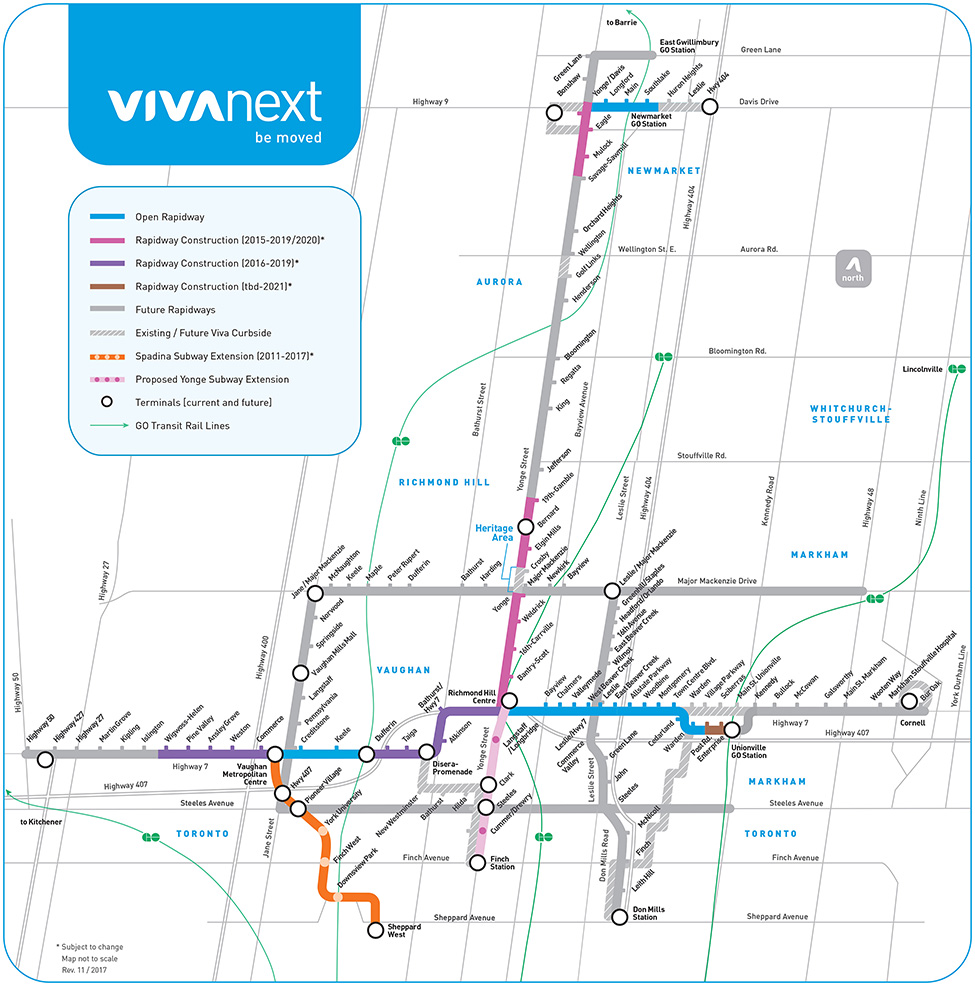Brampton only has one college campus - a secondary campus of Sheridan College. But it made the decision to run frequent buses to Humber and York University, and it has paid off. Brampton, too, invested in a few key corridors with Zum, but spent money only on customized bus shelters, additional buses, queue-jump lanes, and real-time tracking and signal priority. But the service on major non-Zum corridors, like Kennedy or Chinguacousy Roads, blows away the service on equivalent York Region corridors, like 16th Avenue or Woodbine, or Markham Road.






